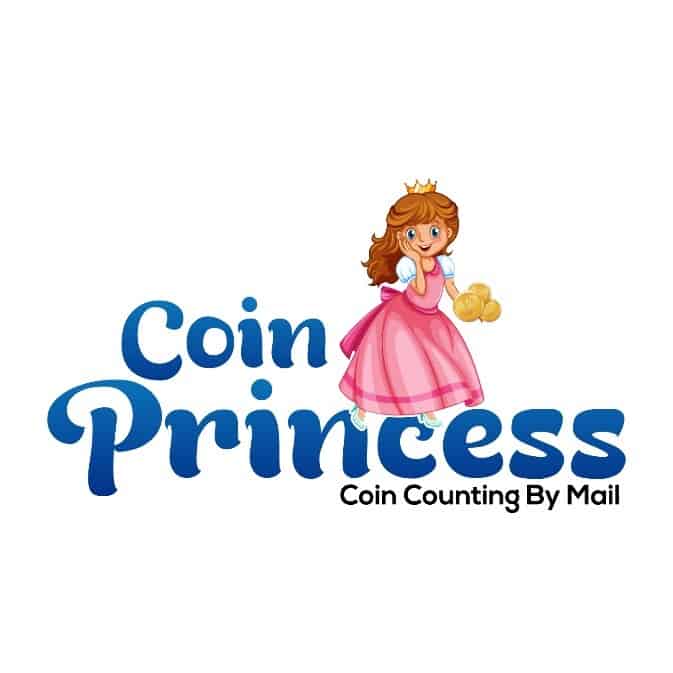[ad_1]

Social media has become an integral part of any modern company’s marketing strategy. However, as each platform handles content a little differently, it can be difficult to come up with a consistent strategy for multiple platforms. To find out how to make sure your message carries through, we asked the experts of Young Entrepreneur Council to weigh in on the following question:
“What is the best way to make sure your social media content stays on-brand, no matter which site you’re currently posting on?”
Brand Consistency on Social Media
Here’s what YEC community members advise:
1. Define Your Message and Brand First
“It’s important to have a consistent message and brand when engaging on social media. The messaging and branding will need to be established prior to posting social media platforms. Social media is just another channel or tool to get your message and brand across.” ~ Jean Ginzburg, JeanGinzburg.com
2. Use the Same Version of Your Logo as All Your Profile Pictures
“We have logos for a reason — to make our brand recognizable anywhere, anytime. So even if someone scrolls right past your post, your business is still getting exposure every time you post. As for staying on brand message, post content that supports your mission and vision 100 percent of the time. Give thought to the things your brand believes in and then support it with content.” ~ Joey Kercher, Air Fresh Marketing
3. Assign a Dedicated Person or Team to Handle Social Media
“It’s easier said than done, but having the right team that can handle all of your social media is the best way to make it consistent. It’s much harder to fit the pieces together later through copy or edits. Even if it means you have to hire fewer people, find at least three: One to create content, one to produce the content and one to manage the content.” ~ Patrick Barnhill, Specialist ID
4. Schedule Posts in Advance
“Use a simple tool like Hootsuite to plan all of your social content in advance. When you are able to look at a 30-day picture, it can help you organize and plan, keeping everything on-brand. If you are just posting on the fly, it can result in a mix of content that drifts off into other lanes. Take the time to map everything out in advance for the most consistent content.” ~ Jonathan Long, Uber Brands
5. Get the Right Processes in Place
“There’s no one silver bullet. It is the combination of processes in place from how you hire to whether you have a social media strategy. If you don’t have your brand voice, tone and imagery examples documented, you can’t expect a new person to be able to meet unclear expectations. From creation to approval, if you have good processes in place it will make it easier for your people to succeed.” ~ Kevin Getch, Webfor
6. Assign Someone to Approve Content
“All content must go through a two- to three-step approval process prior to being published. Those approving content must have a strong understanding of the brand and its identity. This will ensure that your content is always on-brand, regardless of where the content is being published.” ~ Duran Inci, Optimum7
7. Establish Brand Guidelines
“Having a document that explains your brand and lays out clear guidelines for what to do and what not to do is crucial to ensure compliance. Brand books or brand guidelines can be extremely detailed, but you can also keep it simple and come up with a playbook on how your visual and content assets are to be used. This provides a great reference if you have any turnover in who is handling it for you.” ~ Joel Mathew, Fortress Consulting
8. Set Your Tone and Voice
“I have multiple businesses and the best way I ensure that all social media content stays on brand is by ensuring all content posted — whether it’s on Instagram, Facebook, Twitter or Pinterest — has the same tone and voice. I also ensure that all messaging is consistent across all platforms.” ~ Kristin Kimberly Marquet, Fem Founder
9. Keep Every Post Brand-Focused
“Know what your brand stands for and include that in every post. Think about that before you post anything, including sharing content from others like users. Always include some context that ties it back to your brand.” ~ Angela Ruth, Calendar
10. Don’t Rely on Automation
“Even beyond the brand, the end goal has to be in mind. Our team members start off with a brand abstract to help them understand who the audience is, what the goals are, as well as color scheme, tone, messaging and visuals. This keeps the brand consistent without having a robotic feel to it. We try to stay away from automation, as we don’t want to ruin the brand and what it stands for.” ~ Sweta Patel, Startup Growth Mode
11. Make a Checklist
“Uniformity cannot happen without guidelines, and a simple brand guide can easily be overlooked and forgotten after a first glance. By making a checklist regarding the look, voice and value of a social media post, consistency will be hard to avoid.” ~ Stanley Meytin, True Film Production
Image: Depositphotos.com
This article, “Keeping your Social Media Content On Brand Isn’t Hard, Read These 11 Tips” was first published on Small Business Trends
[ad_2]
Source link












